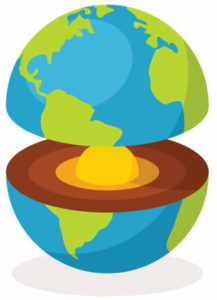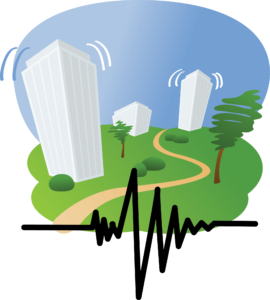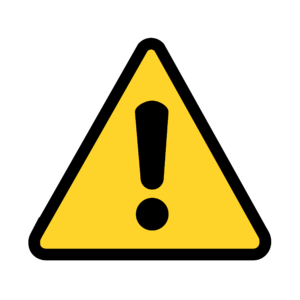Earthquakes & Seismic Waves
Learn about what earthquakes are, how we measure them, and how we use seismic waves to investigate Earth’s interior.
If you’re interested in how seismic waves are used to study Earth’s insides, you might also like this video:
 |
How Do We Know About Earth’s Core? Learn about how P-wave and S-wave shadow zones reveal the nature of Earth’s inner and outer core. Go! |

Earthquake Science, and the Disaster That Created It
A video by SciShow. The resources accompanying this video were created by Sabrina Warwick and are shared with a CC BY-SA license.
Summary
The content explored is designed to help the viewer understand the ways in which the 1964 Alaskan Earthquake disaster (and earthquakes alike) help scientists to understand the reasons for why and how tectonic plates can cause catastrophic damage. This video entails an informative description of how an earthquake with a magnitude over 9.0 is possible. It explores the ways in which tectonic plate boundaries can interact, and the implications of these interactions.
Why Watch This Video?
- Have you ever wondered what type of tectonic plate interaction warrants a 9.0 earthquake?
- Would you like to know why some earthquakes can be felt when not close to a boundary line (a place where tectonic plates interact)?
- Have you ever been confused by the mechanics of what is actually happening between tectonic plates when an earthquake occurs?
Key Terms
Plate boundaries are faults within the lithosphere. The way the tectonic plates interact with each other is what determines the type of plate boundary. There are three different ways a plate can interact with another: divergent boundary (moving apart), convergent boundary (colliding together), and transformation boundary (sliding beside each other).
Faults are breaks within the lithosphere. These faults can be plate boundaries or breaks within the crust that are in the middle of tectonic plates. Different types of faults are the result of different types of stress being put on the rock. The types of faults that can occur are normal, reverse, and strike-slip faults.
A megathrust is another way to explain the process of subduction on a large scale. One tectonic plate moves beneath another. Energy builds up between the plates and one of them rebounds back to its original shape. This type of rebound is called elastic rebound and is when a rock snaps back into shape and the vibrations are interpreted as an earthquake. A megathrust is an earthquake that occurs along continent-continent convergence boundaries.
Loose Ends
How many plates actually exist?
The video states that there are seven tectonic plates. This is true in the sense that there are seven major plates, but there are many smaller plates that make up the lithosphere. There are actually 15 in total, although even more if the tiniest plate fragments are counted.
Why do tectonic plates move?
The video doesn’t exactly state why tectonic plates are able to move. The lithosphere makes up the Earth’s crust and it is the layer that sits on the asthenosphere. The lithospheric plates are able to move as the asthenosphere is not as rigid as the lithosphere; it is weak and has melted areas. These characteristics of the asthenosphere are what makes it possible for the lithosphere to move easily atop the asthenosphere.
 Caution: the term “recycling” of tectonic plates isn’t entirely correct.
Caution: the term “recycling” of tectonic plates isn’t entirely correct.
The concept of subduction in this video isn’t fully explained. There are two theories: whole mantle convection and double layered convection. The whole mantle theory states that magma gets pushed up towards the crust due to its low density, cools near the top and then sinks back to the very bottom of the mantle. The double layered mantle theory states that the upper and lower mantle are actually too different to convect as one; some lithospheric slabs do not sink all the way through to the bottom. The mantle has specific areas in which melting happens; it’s not entirely molten nor solid. These melting areas are due to chemical, temperature or pressure changes.
Self-Test
Try these questions to test your understanding.
References
SciShow. “Earthquake Science, and the Disaster That Created It.” YouTube, YouTube, 13 June 2014.
Panchuk, K. M. (2019). Chapter 4. Plate Tectonics. Physical Geology, 1st USask Edition.


